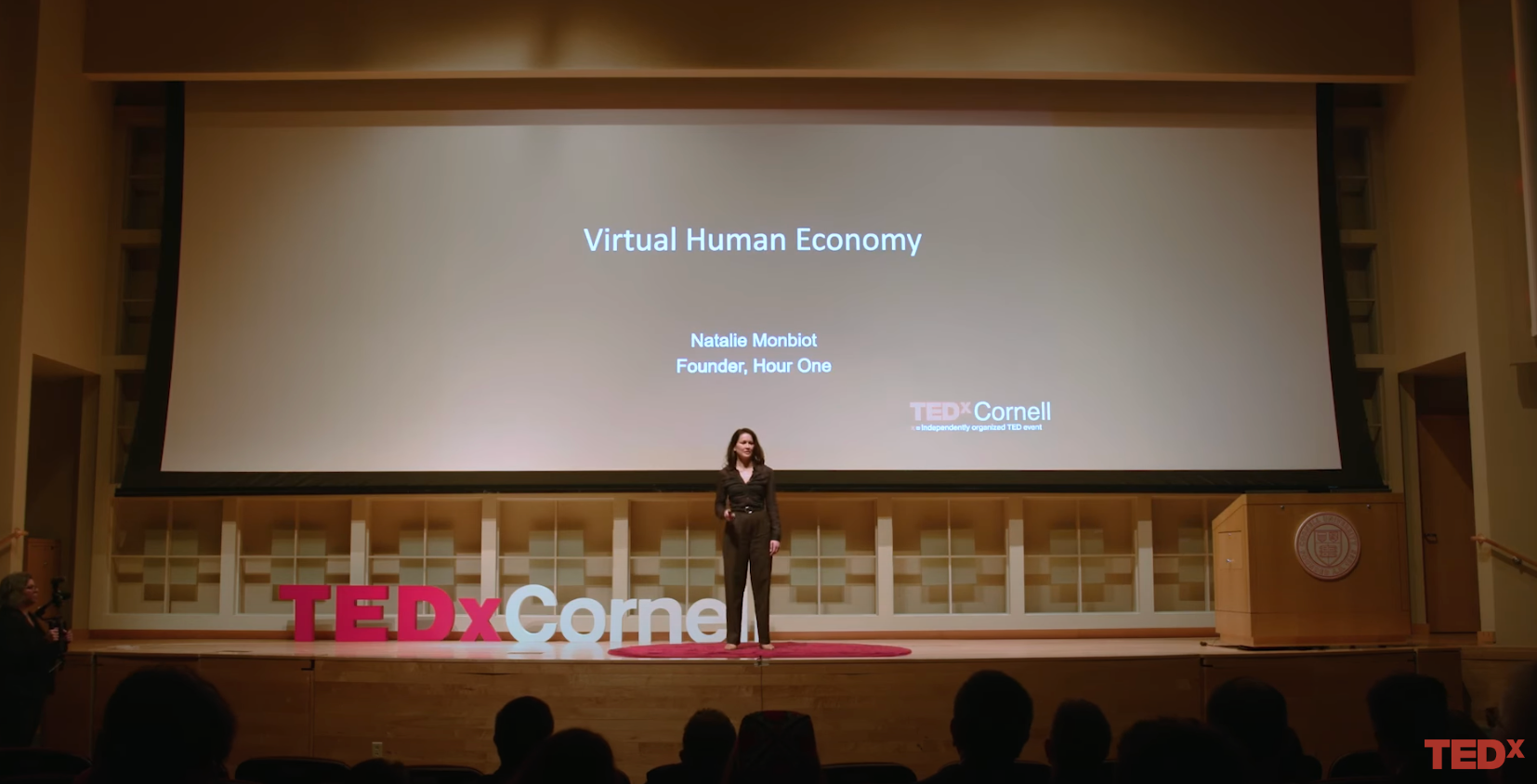As a content strategist, I’ve seen firsthand how the right approach to content and thought leadership can transform a brand’s digital presence. Let’s cut to the chase. You’ve got a story to tell, but you’re overwhelmed by the options. Blog? Podcast? Social media? Here’s the truth: the best format is the one that aligns with your brand voice, reaches your target audience, and fits into your overall content strategy.
I’ve witnessed how a well-executed content strategy can elevate a brand from obscurity to industry leadership. But it’s not about throwing content at the wall and seeing what sticks. It’s about strategic planning, understanding your audience, and leveraging the right tools – including AI – to maximize your impact.
Whether you’re a seasoned content creator or just starting to build your brand’s voice, here’s a breakdown of six content formats, their strengths and weaknesses, and how to use AI to enhance your content strategy.
1. Blog Posts: The Foundation of Content Marketing
Blogs remain a cornerstone of content marketing. They’re versatile, great for SEO, and perfect for showcasing your expertise. One of our clients saw a 200% increase in organic traffic after implementing a strategic blogging plan.
Pros:
- SEO powerhouse when done right
- Establishes thought leadership
- Easily shareable and repurposable
Cons:
- Requires consistent, high-quality writing
- Can be time-consuming to produce regularly
- Competition for attention is fierce
Prep Needed: Keyword research, topic ideation, writing, editing
Time Investment: 4-8 hours per post, depending on depth and research required
Best Approach: Create an editorial calendar, focus on quality over quantity
How AI Can Help:
- Use tools like Frase or MarketMuse for SEO optimization and content briefs
- Leverage GPT -3 or Jasper for initial drafts or to overcome writer’s block
- Use Grammarly or Hemingway App for editing and readability improvements
2. Social Media: Building Community and Engagement
Social media is where conversations happen. It’s immediate, interactive, and essential for brand building. Our recent LinkedIn campaign increased engagement by 150% and drove significant traffic to our website.
Pros:
- Direct interaction with your audience
- Potential for viral reach
- Builds brand personality and loyalty
Cons:
- Requires consistent attention and management
- Algorithm changes can affect visibility
- Can be time-consuming across multiple platforms
Prep Needed: Content creation, community management, trend monitoring
Time Investment: 1-2 hours daily for effective management
Best Approach: Create a content calendar, mix planned posts with real-time engagement
How AI Can Help:
- Use tools like Hootsuite Insights or Sprout Social for social listening and trend analysis
- Leverage Canva’s AI features for quick graphic creation
- Use ChatGPT for generating post ideas or drafting captions
3. Video Content: Engaging and Versatile
Video is dominating the content landscape. Our recent explainer video series saw 10x more engagement than our text-based content on the same topics.
Pros:
- Highly engaging and shareable
- Versatile – from short-form to long-form content
- Effective for complex topic explanations
Cons:
- Can be resource-intensive to produce
- Requires technical skills or outsourcing
- Some platforms favor native video content
Prep Needed: Scripting, filming, editing, distribution planning
Time Investment: 10-20 hours per video, depending on complexity
Best Approach: Start with short-form, then expand to longer content as you build audience
How AI Can Help:
- Use Descript for AI-powered video editing and transcription
- Leverage Hour One for creating AI-generated video with hyper realistic avatars
- Use Vidyard for video hosting and analytics
4. Podcasts: Deep Dives and Personal Connections
Podcasts offer a unique opportunity to connect with your audience on a deeper level. Our “Content Strategy Insider” podcast has become a key lead generation tool, with listeners converting to clients at a 15% higher rate than other channels.
Pros:
- Builds intimate connections with audience
- Great for in-depth exploration of topics
- Can position you as an industry thought leader
Cons:
- Requires consistency in production and release
- Building an audience takes time
- Technical aspects (recording, editing) can be challenging
Prep Needed: Topic research, guest coordination, recording setup
Time Investment: 4-6 hours per episode, including prep and post-production
Best Approach: Batch record episodes, focus on quality audio and engaging conversations
How AI Can Help:
- Use Descript for AI-powered editing and transcription
- Leverage Podcastle for AI-enhanced audio quality improvements
- Use Otter.ai for real-time transcription during interviews
5. Email Newsletters: Direct and Personal
Email remains one of the most effective channels for nurturing leads and maintaining customer relationships. Our segmented email strategy increased open rates by 35% and click-through rates by 22%.
Pros:
- Direct line to your audience
- Highly personalized and targetable
- Great for nurturing leads and customer retention
Cons:
- Requires building and maintaining a quality list
- Need to consistently provide value to avoid unsubscribes
- Deliverability can be challenging
Prep Needed: List management, content creation, design
Time Investment: 2-4 hours per newsletter, plus ongoing list management
Best Approach: Segment your list, personalize content, focus on providing value
How AI Can Help:
- Use tools like Phrasee or Persado for AI-powered subject line optimization
- Leverage ActiveCampaign or Mailchimp’s AI features for list segmentation and personalization
- Use Crystal for AI-powered personality insights to tailor communication styles
6. Webinars and Virtual Events: Interactive and Educational
Webinars and virtual events offer a powerful way to engage with your audience in real-time. Our recent series of content strategy workshops generated 500% more qualified leads than traditional marketing efforts.
Pros:
- Highly engaging and interactive
- Positions you as an expert in your field
- Great for lead generation and customer education
Cons:
- Requires significant preparation and promotion
- Technical glitches can impact user experience
- Attendance can be unpredictable
Prep Needed: Content creation, platform setup, promotion, rehearsal
Time Investment: 15-20 hours per event, including prep and follow-up
Best Approach: Choose topics based on audience needs, include interactive elements, always have a backup plan for tech issues
How AI Can Help:
- Use tools like Dialpad for AI-powered real-time transcription and sentiment analysis during events
- Leverage Zoom’s AI features for automated closed captioning and meeting summaries
- Use Leadfeeder for AI-enhanced lead scoring of event attendees
Final Thoughts
Remember, the key to a successful content strategy isn’t just about choosing the right format – it’s about creating a cohesive plan that leverages multiple channels to reach and engage your audience. Start with the formats that align best with your brand voice and audience preferences, then expand and experiment from there.
Use AI tools to streamline your processes, enhance your content quality, and gain deeper insights into your audience. But never lose sight of the human element – authentic, valuable content will always be the foundation of a successful strategy.
Now, armed with these insights and tools, it’s time to craft a content strategy that will elevate your brand and connect with your audience in meaningful ways.








